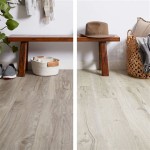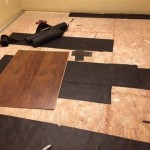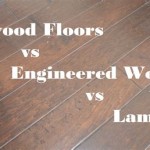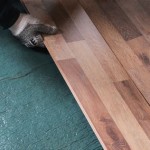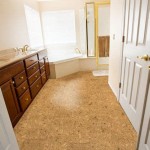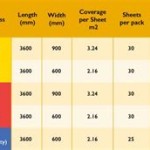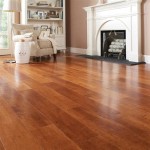The Timeless Beauty of Wood Block Flooring
Wood block flooring, a timeless classic, has been gracing homes and commercial spaces for centuries. Its natural beauty, durability, and versatility make it an ideal choice for those seeking a flooring solution that combines elegance with practicality. In this article, we delve into the essential aspects of wood block flooring, exploring its history, types, benefits, and installation.
A Journey Through History
The origins of wood block flooring can be traced back to ancient China, where it was used in palaces and temples. It later spread to other parts of Asia, Europe, and eventually North America. During the Victorian era, wood block flooring gained popularity in Europe and the United States, becoming a symbol of opulence and refinement.
Types of Wood Block Flooring
Wood block flooring comes in a variety of types, each with its own unique characteristics and appearance. Here are the three main types:
- End Grain: Made from blocks cut perpendicular to the wood grain, end grain flooring is exceptionally hard and durable.
- Flat Grain: Cut parallel to the grain, flat grain flooring showcases beautiful wood patterns and is generally more affordable than end grain.
- Edge Grain: A combination of end grain and flat grain flooring, edge grain flooring offers a balance of durability and cost-effectiveness.
Benefits of Wood Block Flooring
Wood block flooring offers numerous benefits that make it a popular choice for both residential and commercial projects. These benefits include:
- Durability: Wood block flooring is incredibly durable, withstanding heavy foot traffic and wear and tear.
- Timeless Beauty: Its natural grain patterns and warm hues create an elegant and timeless aesthetic.
- Easy Maintenance: Wood block flooring is relatively easy to clean and maintain, requiring occasional sweeping and mopping.
- Sound Absorption: Due to its dense construction, wood block flooring effectively absorbs sound, reducing noise levels.
- Sustainability: Wood block flooring is made from renewable resources and can be easily recycled.
Installation of Wood Block Flooring
Installing wood block flooring requires professional expertise. The process typically involves:
- Subfloor Preparation: The subfloor must be level, dry, and free of debris.
- Block Layout: The blocks are laid out according to the desired pattern, with adhesives applied to the subfloor.
- Block Placement: The blocks are carefully placed and secured using nails or screws.
- Sanding: The installed blocks are sanded to create a smooth and even surface.
- Finishing: The flooring is finished with a protective coating, such as polyurethane or oil, to enhance its durability and appearance.
Conclusion
Wood block flooring is an exquisite and enduring flooring solution that brings timeless beauty and functionality to any space. Its durability, versatility, and natural charm make it an ideal choice for both residential and commercial applications. Whether you seek a classic or contemporary look, wood block flooring offers endless design possibilities, creating a legacy that will last for generations to come.

Why Natural Wood Flooring Is A Timeless Choice Canadia

10 Awesome Wood Floor Designs For 2024 Floorings

Why Herringbone Wood Floors Will Never Go Out Of Style Tallest Tree
Wood Flooring Ideas 14 Ways To Create A Beautiful Foundation For Your Home

Gorgeous Wood Floors Floor Trends Installation

Beautiful Wooden Flooring Ideas For Hallways Ted Todd Fine Wood Floors

Beyond Flooring Luxury Wood Specialists Leeds

Hardwood Parquet Flooring Everything You Need To Know

Builder S Pride 3 4 In Warm Spice Oak Solid Hardwood Flooring 25 Wide Ll

Blue Ridge Hardwood Flooring Red Oak Natural 3 4 In Thick X Wide Random Length Solid 24 Sqft Case 25438 The Home
See Also
